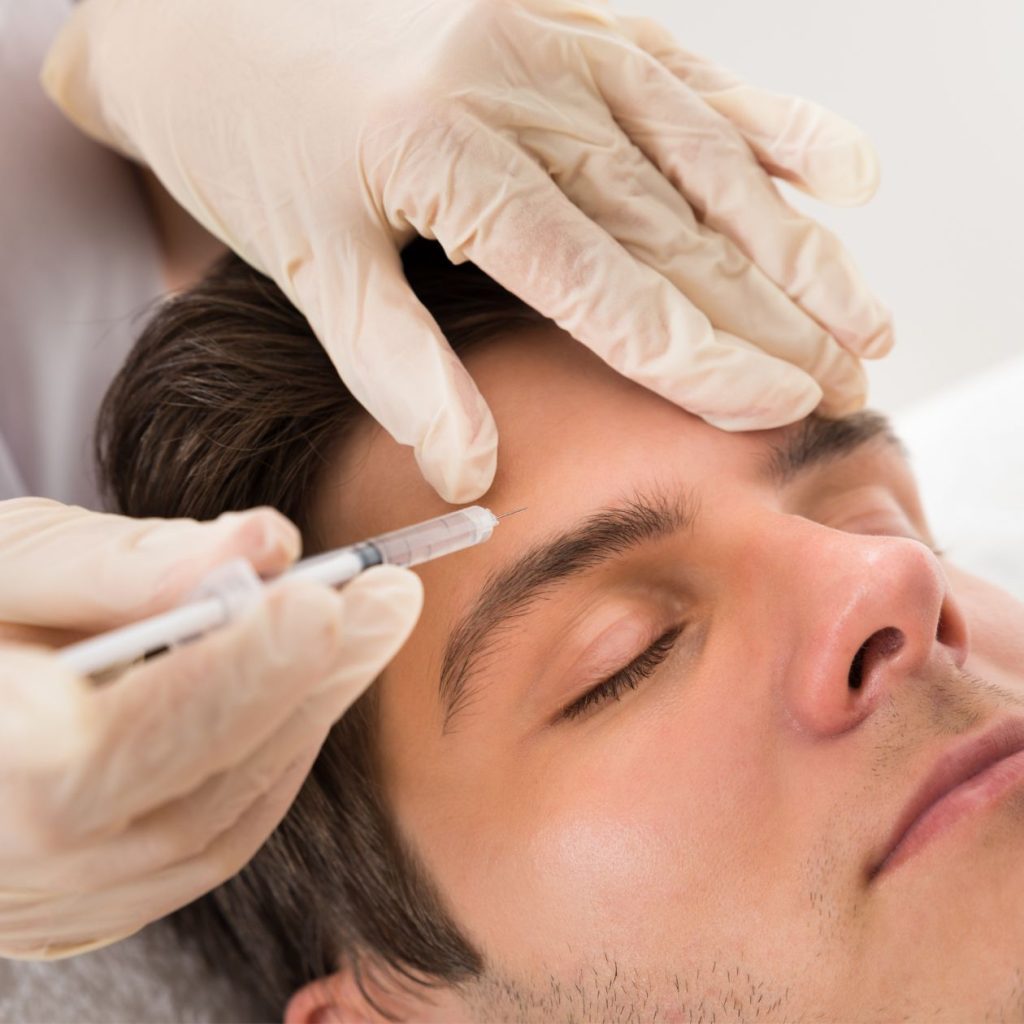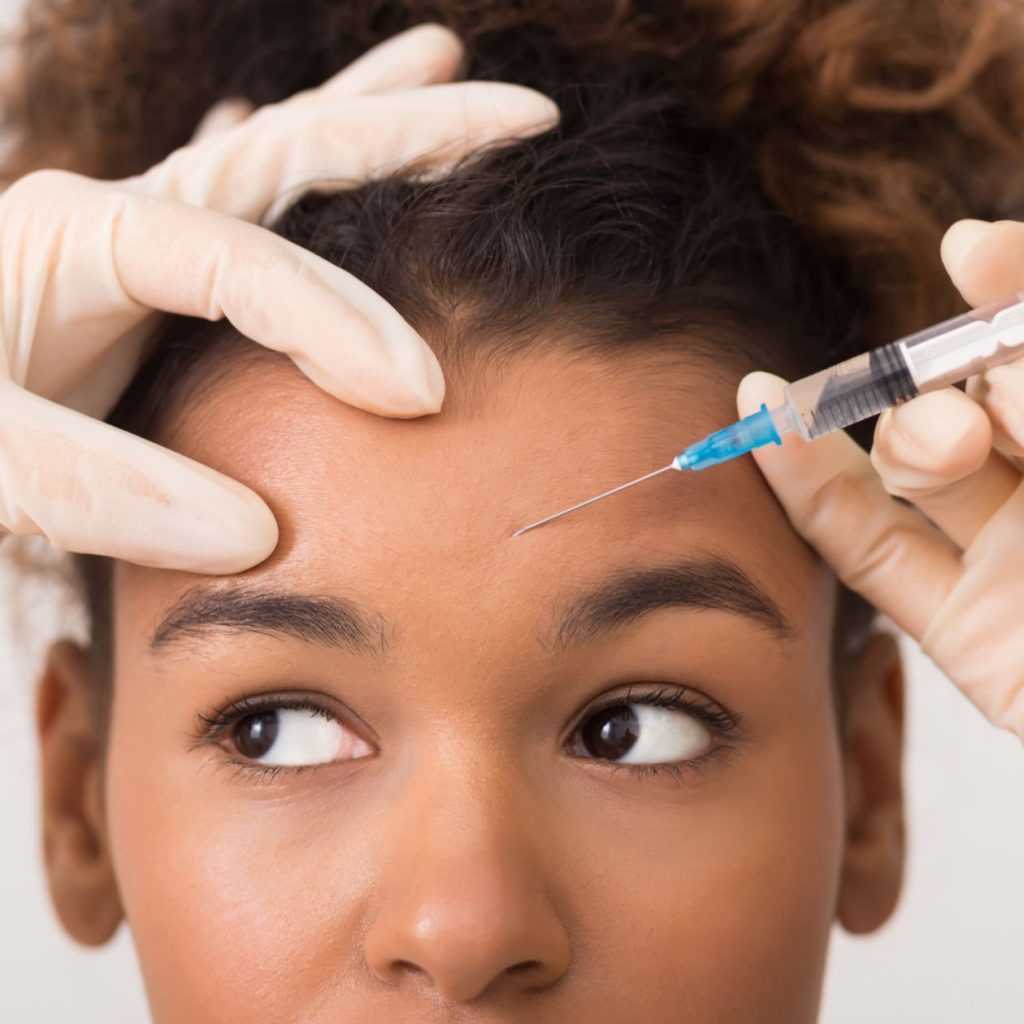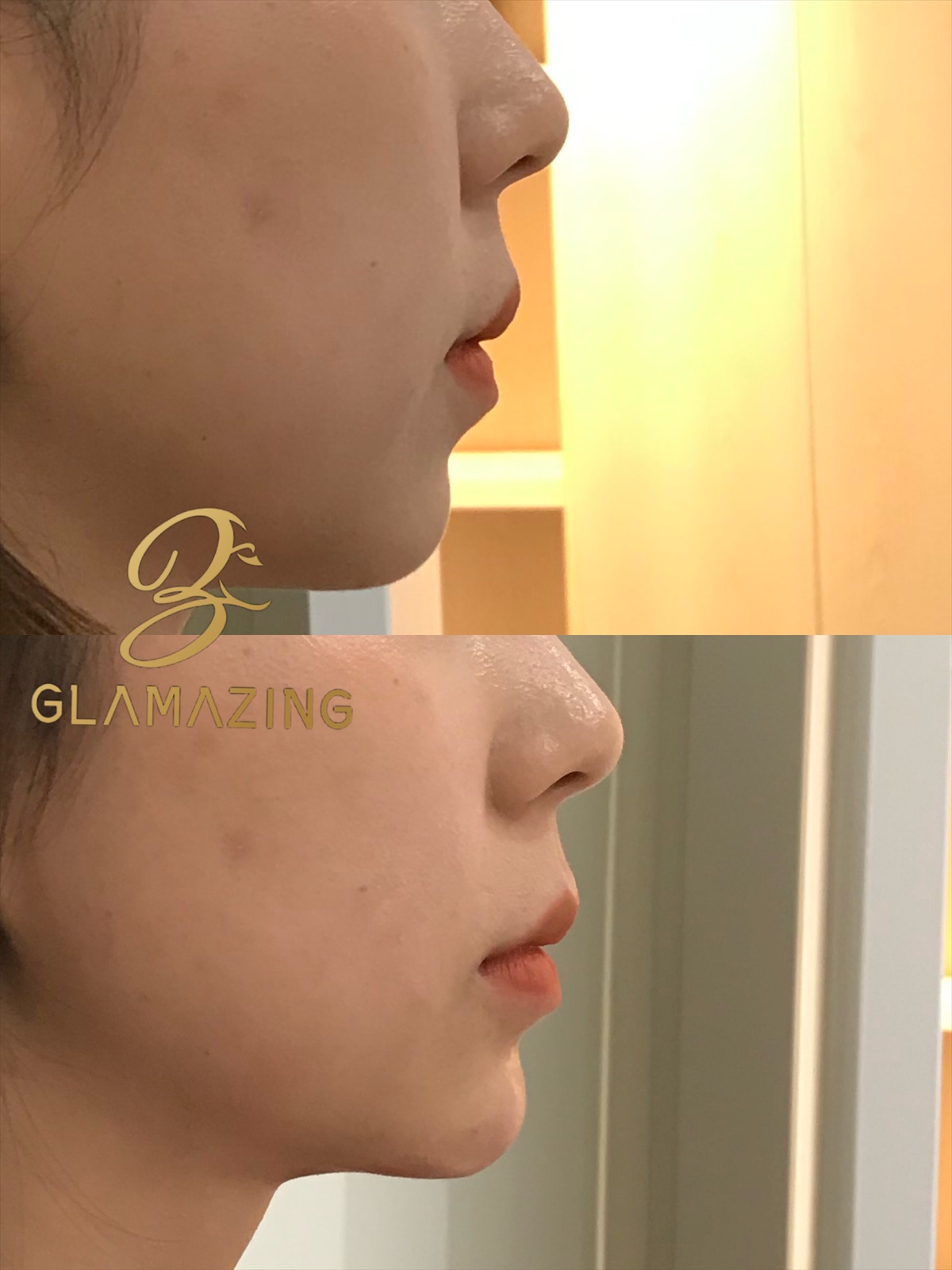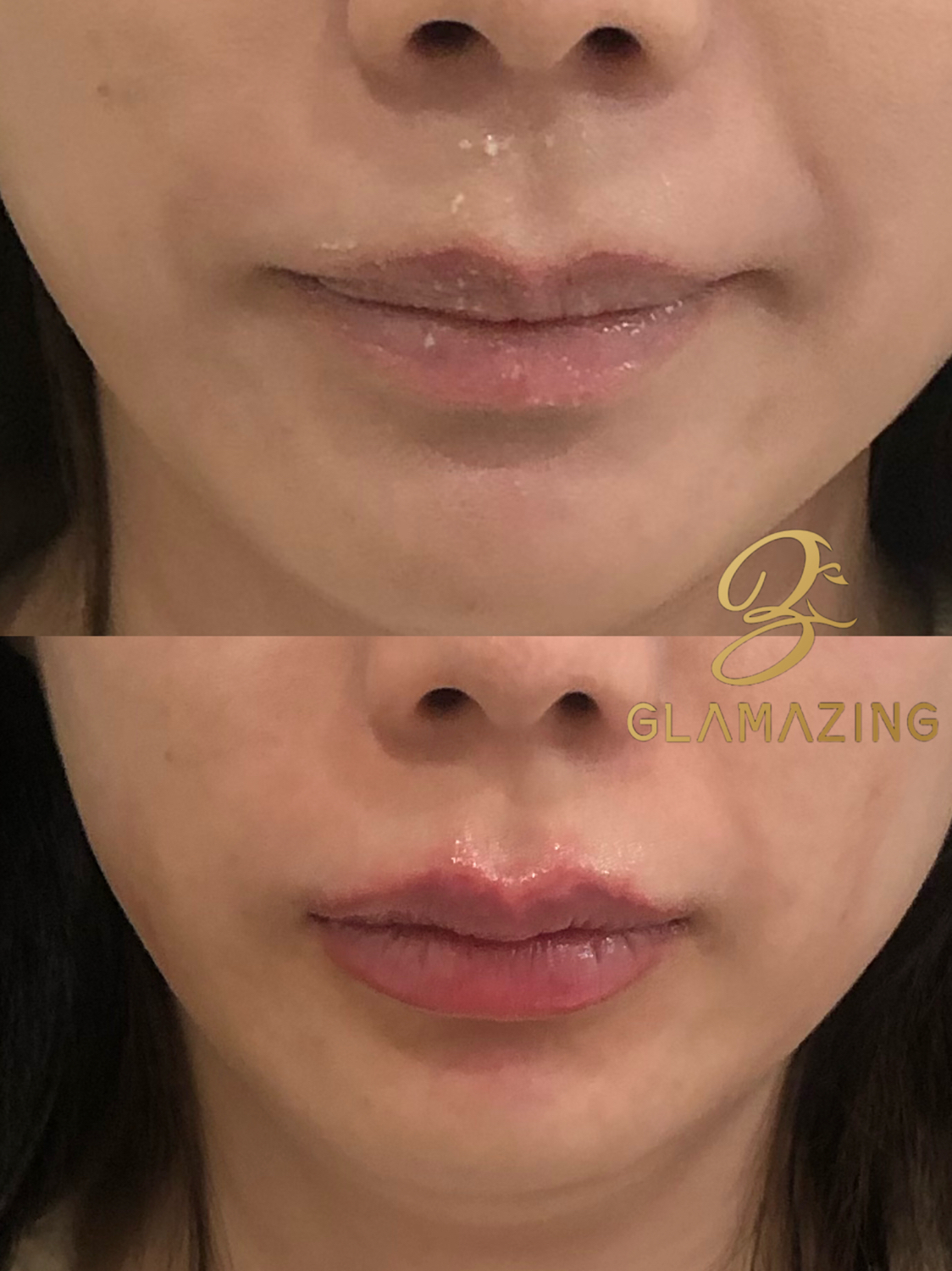Botox
Botox Service and Procedures
Botox is primarily used for people who want to reduce the appearance of wrinkles and fine lines on their face. It is also used to treat medical conditions such as chronic migraines, excessive sweating, and muscle spasms. Botox works by temporarily paralyzing the muscles in the treated area, which can help smooth out wrinkles and reduce muscle contractions associated with certain medical conditions.

What areas can be treated
Botox can be used to treat various areas of the face and body
- Forehead
- Glabella
- Crow’s feet
- Bunny lines
- Lips
- Chin
- Neck
Safety
When administered by a qualified and experienced medical professional, Botox is generally considered safe. Botox has been approved by the U.S. Food and Drug Administration (FDA) for cosmetic use since 2002 and for medical use since the 1980s. However, as with any medical procedure, there are potential risks and side effects associated with Botox injections. The most common side effects of Botox include temporary redness, swelling, and bruising at the injection site.

Frequently Asked Questions
Botox, short for Botulinum Toxin, is a cosmetic treatment that involves injecting a small amount of a purified toxin into the muscles in order to temporarily paralyze or weaken them. This procedure is commonly used to reduce the appearance of wrinkles and fine lines on the face, particularly around the eyes and forehead.
Botox works by blocking the release of a chemical called acetylcholine, which is responsible for transmitting nerve impulses to the muscles. When injected into the facial muscles, Botox causes them to relax and soften, which can make the skin appear smoother and more youthful.
While Botox is a popular and effective cosmetic treatment, it should only be administered by a licensed and experienced medical professional. Improper use or dosage can lead to serious side effects, including muscle weakness, drooping eyelids, and difficulty swallowing or breathing.
Botox injections should only be administered by a licensed and trained medical professional, such as a dermatologist, plastic surgeon, or other qualified healthcare provider. It is important to choose a provider who has extensive experience with administering Botox injections and who follows all necessary safety precautions to minimize the risk of complications. Before undergoing Botox treatment, it is important to have a consultation with the provider to discuss your goals, medical history, and any potential risks or side effects associated with the procedure. Only after a thorough evaluation and discussion with a qualified medical professional should you consider getting Botox injections.
The effects of Botox injections typically last for 3 to 6 months, although the duration can vary depending on a number of factors such as the individual’s metabolism, the amount of Botox injected, and the specific area treated. As the effects of Botox wear off, the muscles gradually regain their strength and wrinkles may begin to reappear. Some individuals may find that the effects of Botox last longer with repeated treatments, as the muscles become trained to relax. It is important to note that Botox is a temporary solution for treating wrinkles and fine lines, and repeated treatments will be necessary to maintain the desired results over time.





